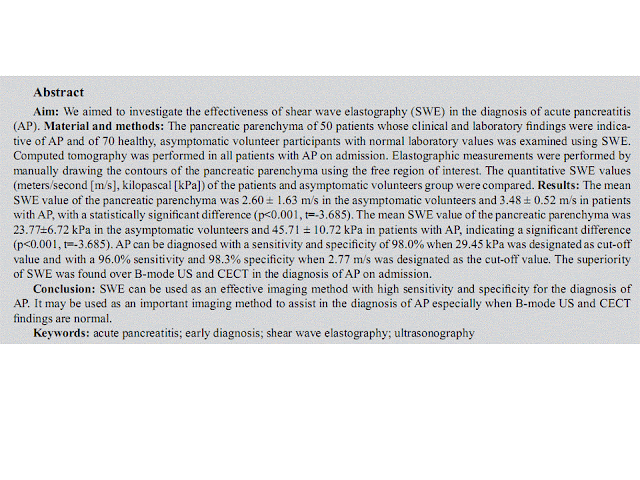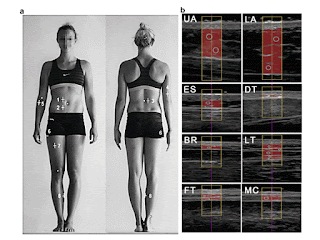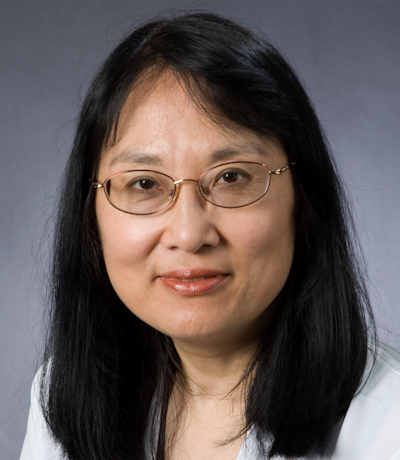By Kate Madden Yee, AuntMinnie.com staff writer
April 30, 2018 -- Automated 3D ultrasound is just as effective as 2D ultrasound for diagnosing developmental dysplasia of the hip (DDH) in infants: In fact, it reduces the number of studies characterized as borderline by more than two-thirds, according to research published online April 24 in Radiology.
The study's findings suggest that automated 3D ultrasound could serve as an even more effective tool for diagnosing this condition -- which, if untreated, can cause long-term damage, wrote the team led by Dornoosh Zonoobi, PhD, from the University of Alberta in Edmonton, Canada.
"Three-dimensional ultrasound has potential advantages in feasibility in a screening setting for hip dysplasia because the 3D indexes of dysplasia are calculated automatically from surface models generated with minimal user input, or potentially completely automatically calculated by using deep-learning tools," the researchers wrote.
Developmental hip dysplasia in infants is associated with premature osteoarthritis later in life, and it is the cause of 30% of hip arthroplasties in patients younger than 60. The condition is usually treated in infants with a harness, and a prompt and accurate diagnosis reduces its negative long-term effects. 2D ultrasound has long been used to identify DDH, but it has limitations, including operator variability and overdiagnosis.
3D ultrasound overcomes these limitations because it offers a more complete view of hip geometry than 2D ultrasound and also because it is automated, Zonoobi and colleagues wrote. The modality was first suggested for the diagnosis of DDH in the 1990s, but only recently has transducer technology evolved enough to make the use of 3D ultrasound for this application feasible.
For their study, Zonoobi and colleagues added 3D ultrasound to conventional 2D ultrasound exams of 1,728 infants (mean age, 67 days) to evaluate the children for DDH; the exams were performed between January 2013 and December 2016. Custom software automatically calculated measures such as 3D posterior and anterior alpha angle and osculating circle radius. Of the infants imaged, 1,347 were normal, 140 were borderline for the condition, and 241 were dysplastic.
The researchers found that 3D ultrasound helped correctly categorize 97.5% of the dysplastic and 99.4% of the normal hips, and no dysplastic hips were categorized as normal. 3D ultrasound provided a correct diagnosis in 69.3% of cases categorized as borderline at initial 2D ultrasound. The modality also reduced the number of borderline diagnoses to 39, compared with 140 with 2D ultrasound.
The study results justify generalized implementation of 3D ultrasound for DDH diagnosis in clinical settings, Dr. Diego Jaramillo of Nicklaus Children's Hospital in Miami wrote in an editorial that accompanied the study.

















